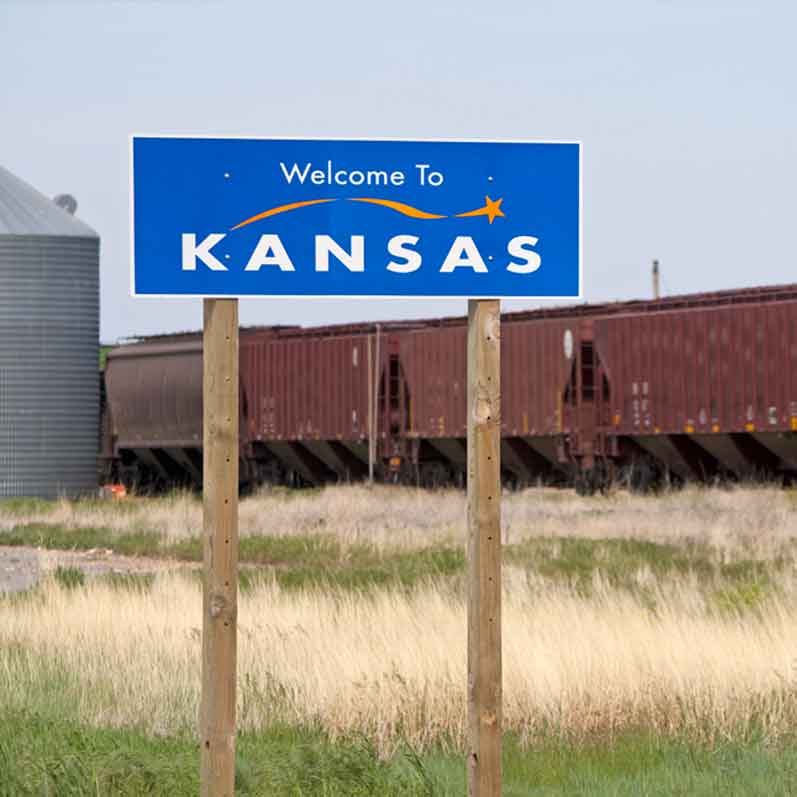How States Can Direct Economic Development to Places and People in Need
6 Jan 2022
News
To address local disparities and help struggling areas thrive, governments at all levels have spent hundreds of billions of dollars over the past 40 years on a range of geographically targeted, or “place-based,” economic development programs — mostly in the form of financial incentives — designed to boost job creation and business investment, incentivize real estate development, or increase property values in specific places. But decades of research have shown that governments have struggled to effectively target these programs to the people and places most in need.
Tax increment financing (TIF), enterprise zones, community development block grants (CDBG), and other programs designed to direct economic activity to struggling areas frequently end up benefiting wealthier communities. For instance, studies in Colorado, Maine, Maryland, and Minnesota have found that these states did a poor job targeting their enterprise zone programs to distressed areas. And early signs indicate that many states may have had similar difficulties with the newer federal Opportunity Zones program.
More Topics











